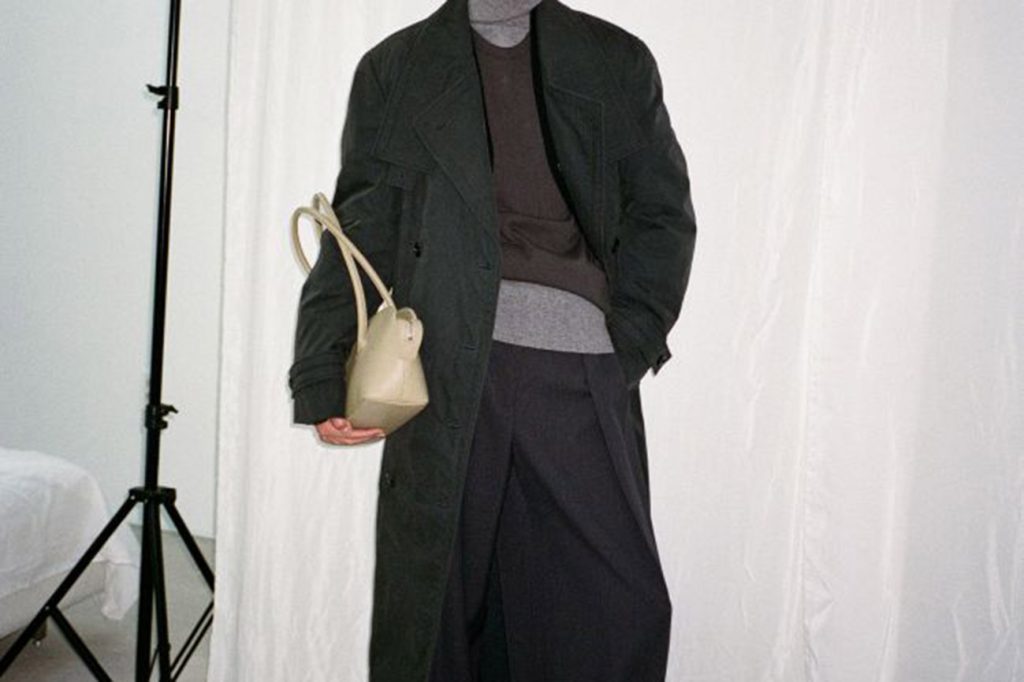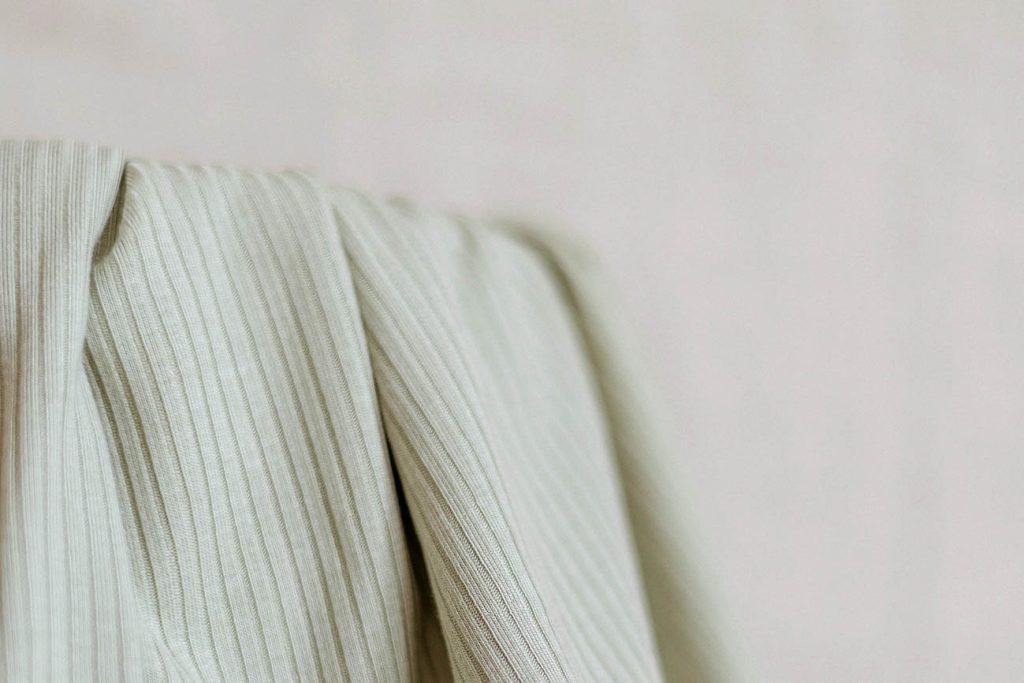Somewhere between overflowing closets and 50-item hauls, many of us have hit a breaking point: the wardrobe fatigue is real. Every morning feels like a battle—too many options, yet somehow, nothing to wear. Ironically, it’s often those with the least amount of clothing who seem to dress the best. What’s their secret? Two words: fashion minimalism.
But don’t confuse minimalism with monotony. It’s not about erasing your personality or dressing in grayscale forever. It’s about intention. It’s about clarity, consistency, and curating a wardrobe where everything earns its place—and works hard for it.
Ready to simplify your closet and upgrade your style in the process? Here’s your definitive guide to the art of the minimalist wardrobe—done the chic way.
Less But Smarter: Why Minimalism Works
Minimalism isn’t just a trend—it’s a mindset. It challenges the idea that “more is more” and focuses on quality over quantity, cohesion over chaos, and personal style over fast fashion. The result? A closet that functions like your best friend: supportive, reliable, and never giving you anxiety.
A well-edited wardrobe eliminates decision fatigue, allows you to dress faster, and helps you invest in pieces that truly reflect your identity. Plus, when every piece is thoughtfully chosen, your outfits naturally look more polished, intentional, and—yes—stylish.
Step One: Define Your Uniform (Without Boring Yourself)
Minimalist style doesn’t mean you wear the same outfit every day. But it does mean knowing your signature silhouettes, preferred fabrics, and color palette. This is your personal “style code,” and it serves as the foundation of your wardrobe.
Ask yourself:
Do I prefer structure or flow?
Neutrals or soft tones?
Tailored or relaxed?
Sharp minimalism or cozy Scandinavian?
For example, if you love crisp tailoring and sharp neutrals, think of:
The Row’s straight-leg trousers and oversized button-downs
Totême’s architectural coats and minimalist knitwear
COS’s modern basics with clean lines
Prefer a softer, laid-back approach? Brands like:
Arket (for earthy palettes and laid-back tailoring)
Studio Nicholson (for boxy fits and calm neutrals)
Low Classic (for minimal design with a Korean twist)
will likely speak your language.

Step Two: Build a 30-Piece Power Wardrobe
No, you don’t need to count every sock, but creating a mental cap—say 30 core pieces—helps reset your shopping mindset. These items should be seasonally appropriate, endlessly re-styleable, and reflective of your uniform.
Here’s an example of a powerful minimalist capsule:
Tops (6)
Crisp white shirt (look for organic cotton or poplin, like from Frankie Shop)
Fine-knit turtleneck (try Uniqlo U or Filippa K)
Boxy tee in white and black (opt for Sunspel or Everlane)
Silk or cupro blouse (for elevated layering)
Bottoms (5)
Tailored black trousers (try Joseph or Theory)
High-rise jeans in a classic straight fit (Agolde’s 90s jeans are cult favorites)
Relaxed wide-leg pants in neutral tones
Slip skirt (matte silk or cupro for versatility)
Cropped culottes or structured shorts for warm weather
Outerwear (3)
Oversized wool coat (camel or charcoal, from Totême or Raey)
Lightweight trench (a minimalist must-have—Nanushka does excellent ones)
Short jacket or blazer (boxy or slightly masculine cuts work best)
Dresses (3)
Sleeveless column dress
Long-sleeve knit dress
Shirt dress (belted for versatility)
Shoes (5)
Leather ankle boots (look into Aeyde or ATP Atelier)
White low-profile sneakers (Veja and Common Projects are solid)
Minimalist sandal (barely-there leather sandals from Emme Parsons are stunning)
Classic loafers
Low block heel or sleek mule
Accessories (8)
Leather crossbody or shoulder bag (Building Block or Cuyana are favorites)
Statement sunglasses (Le Specs or CELINE for a splurge)
Silk scarf (for necks, bags, or hair)
Minimalist watch
Silver or gold jewelry (simple hoops, thin rings, clean cuffs)
Leather belt
Cashmere beanie or cap
Lightweight tote or structured canvas bag
Step Three: Commit to a Color Story
The key to a small wardrobe that still feels dynamic is choosing a consistent color palette. It doesn’t have to be all black and white—though it can be.
Most minimalist dressers lean on:
Core neutrals: black, white, grey, navy, beige
Accent tones: olive, rust, slate, stone, ivory, or blush
One or two personal signature shades: perhaps a moss green or a dusty lilac
Keeping your color story tight means almost everything matches—and that unlocks true styling freedom.
Step Four: Texture Is Your Best Friend
Minimalism isn’t about being flat—it’s about being elevated. When you limit patterns and colors, texture becomes the hero of your outfit.
Mix:
Crisp cotton + raw denim
Fine cashmere + matte silk
Structured leather + brushed wool
Tencel + ribbed jersey

This layering of tactile contrasts creates depth and luxury, even in the simplest silhouette.
Step Five: Style on Repeat (And Own It)
Minimalists are proud outfit repeaters. The goal is not to impress with quantity, but to express with intention. Repetition becomes a form of personal branding.
Style your go-to blazer with:
A white tee and jeans on Monday
Over a slip dress on Wednesday
Layered with a hoodie on Saturday
When you embrace repetition, you develop styling agility—and people start associating certain looks with you. That’s personal style in its purest form.
Step Six: Shop Rarely, But Shop Well
This is the heart of fashion minimalism. Every item you bring in should:
Work with at least 3–5 items you already own
Last multiple seasons
Feel amazing to wear
Align with your defined style code
Splurge where it counts: on outerwear, shoes, and tailoring. Skimp where it makes sense: layering tees, tanks, seasonal accessories.
When you stop chasing quantity, every new purchase becomes a long-term relationship—not a one-season fling.
Effortless, Repeatable, Elevated Style
When your wardrobe shrinks, your creativity expands. Outfits come together faster. Getting dressed becomes joyful, not stressful. Shopping becomes mindful. And the compliments? They’ll roll in—not because you’re flashy, but because you look put together, always.
Because the truth is, a smaller wardrobe isn’t a limitation. It’s freedom. It’s the permission to say “no” to noise and “yes” to the essentials that actually reflect you.
So if you’re looking to elevate your style in 2025 and beyond, the secret might not be adding more—but having less, and making it mean more.



